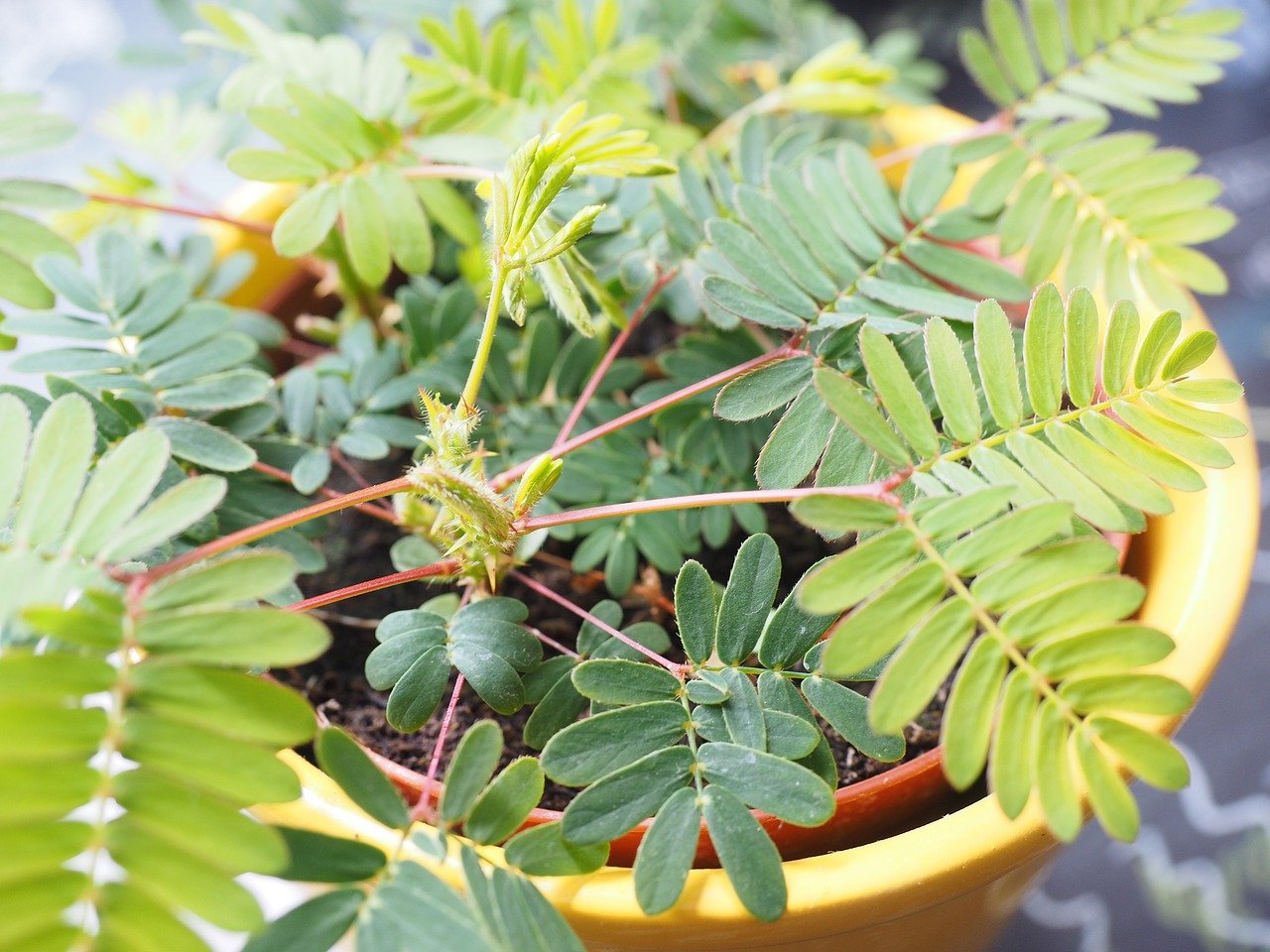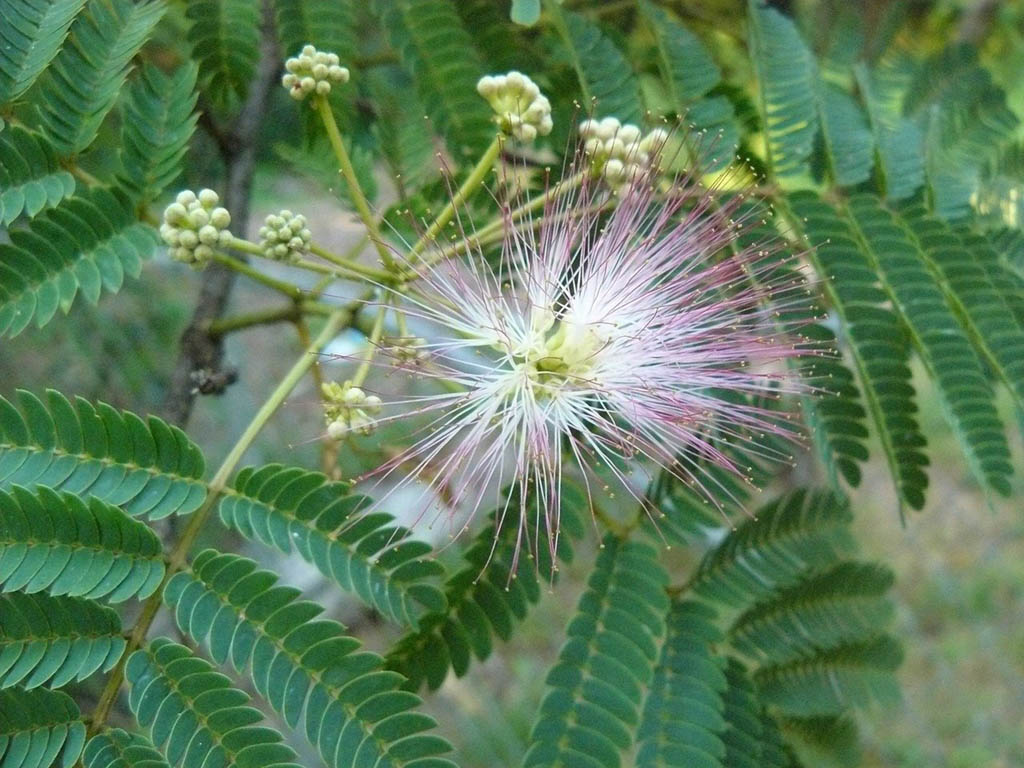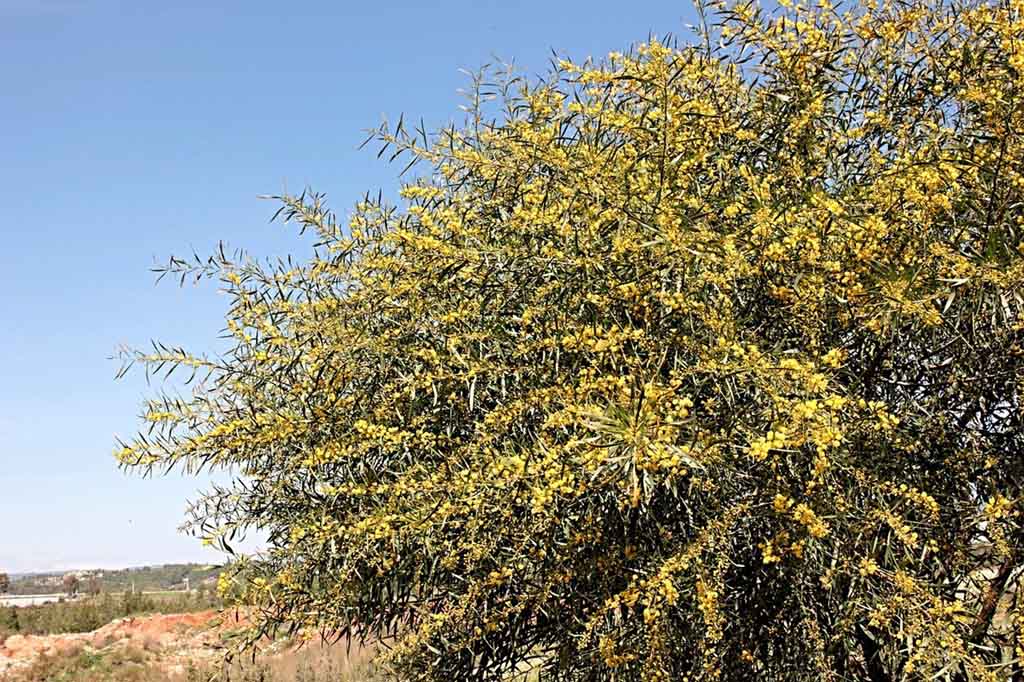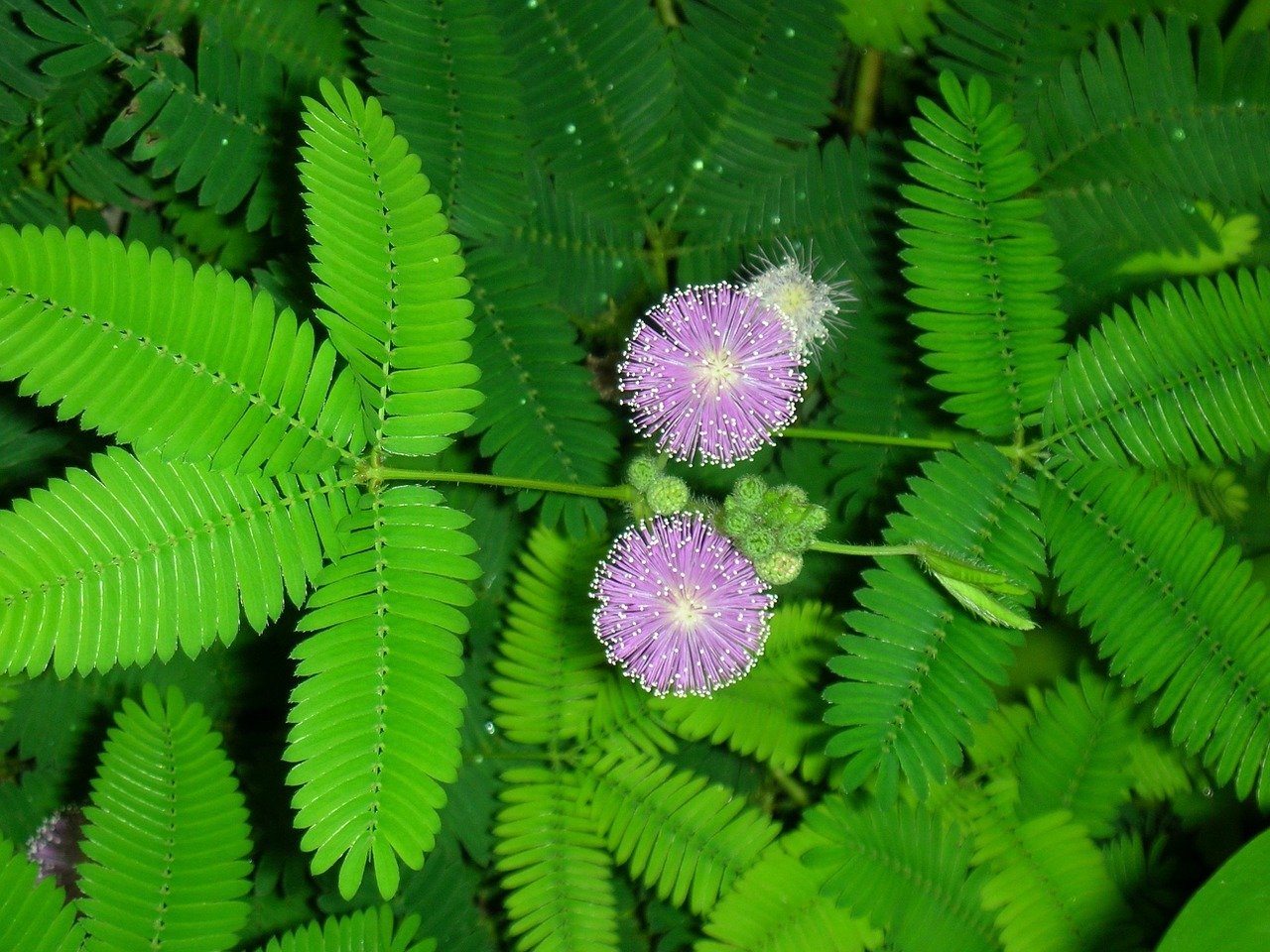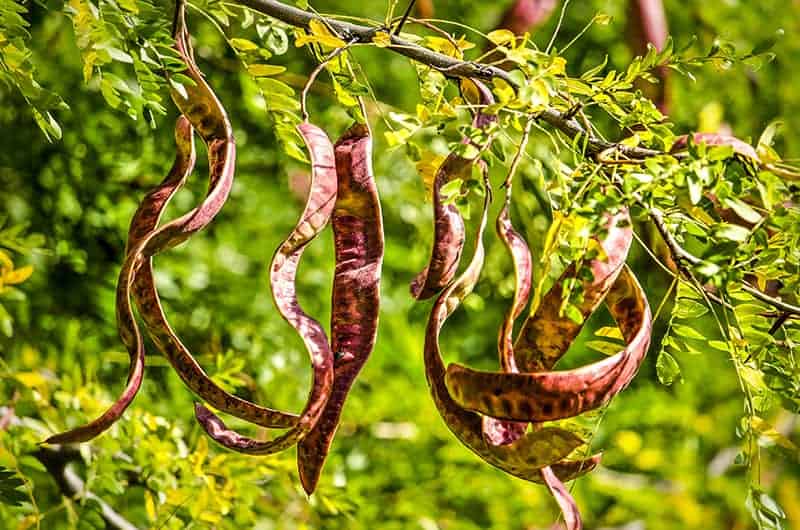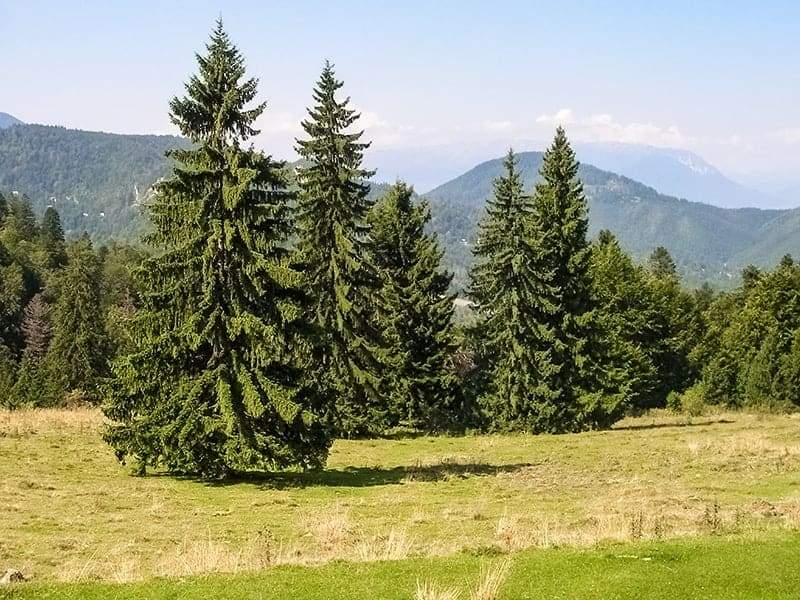- Home >
- Mimosa Trees
Mimosa Trees for Sale - Buying & Growing Guide
Do You Know Your Growing Zone? i Growing zones help determine if a particular plant is likely to grow well in a location. It identifies the average annual minimum winter temperatures across the U.S. provided as a map by the USDA.
2 Results
Mimosa Trees – Buying & Growing Guide
Plant lovers enjoy mimosa trees for the ample beauty they add to the landscape. With unique fern-like leaves and delightfully fluffy pink or white flowers, a mimosa is a statement tree and can play a central role in your garden design.
How to Grow Mimosa Trees
How to plant mimosa trees
The best time to plant a mimosa tree is late winter, after the ground has thawed but before your tree has broken dormancy. Site your tree in an area of well-draining soil in full sun to partial shade. Mimosas can be planted in USDA Hardiness Zones 6-10. They like acid soil, so test your soil before planting — a pH in the 4.6-5 range is good.
Dig a hole that’s twice as wide as the root ball of your tree and slightly deeper. When you unpot your sapling, check for any roots that are circling the root ball. Tease or prune these out, as they can girdle the tree and kill it over time. Throw some compost in the hole before placing your tree, and refill the hole, tamping down as you go to eliminate air pockets.
For the first few weeks, water your mimosa every day. Taper back until you’re watering just once a week. Eventually, the tree should be fine without supplemental watering unless you’re experiencing drought conditions.
How to achieve maximum results
The biggest challenge to growing a mimosa tree, also called a silk tree, is handling the seemingly endless stream of invasive saplings that will grow up around it, and can quickly overwhelm a garden plot. To achieve best results with your tree, you’ll need to site it carefully and stay on top of pulling or cutting back saplings as they occur.
How to Care for Mimosa Trees
Watering and nutrients
Once they are established and growing well, you should not need to water your mimosa unless the ground is truly parched. Monitor your rainfall — one inch of rain every ten days or so is enough for your tree to thrive.
Mimosas are fast growers and don’t need a lot of extra nutrients to excel in the garden, but a slow-release balanced fertilizer formulated for landscape trees and shrubs can be lightly applied every six weeks during the growing season, if you wish.
Pollination
Mimosas flower prolifically and reproduce with the help of hummingbirds and a variety of small insects. In the fall, the tree will be covered with brown seed pods which usually stay on the tree until spring. The seeds readily germinate, and in some areas in the southern United States, mimosa trees are considered invasive species not recommended for planting because of this.
Pruning
Mimosas are best pruned when dormant, in late winter or early spring, but broken branches can be trimmed any time. Mimosa branches are very susceptible to breakage, and it’s a good idea to monitor the tree regularly so you can deal with damage as soon as it happens. You should also prune out any suckers that form at the base of the tree, as well as branches that are rubbing against each other.
Pests, diseases, and animals
Mimosa trees are prone to a disease called mimosa vascular wilt. This causes yellow wilted leaves that eventually drop. There is unfortunately no cure, and it will eventually kill your tree, but the best way to avoid it is to keep your mimosa healthy by watering and feeding when necessary. Always rake up any fallen leaves and debris around the tree’s trunk, as well.
Some of the pests that like mimosa trees are mites, the mimosa webworm, and cottony cushion scale. Encouraging beneficial insects may help with infestations, as well as the judicious application of insecticides and miticides.



